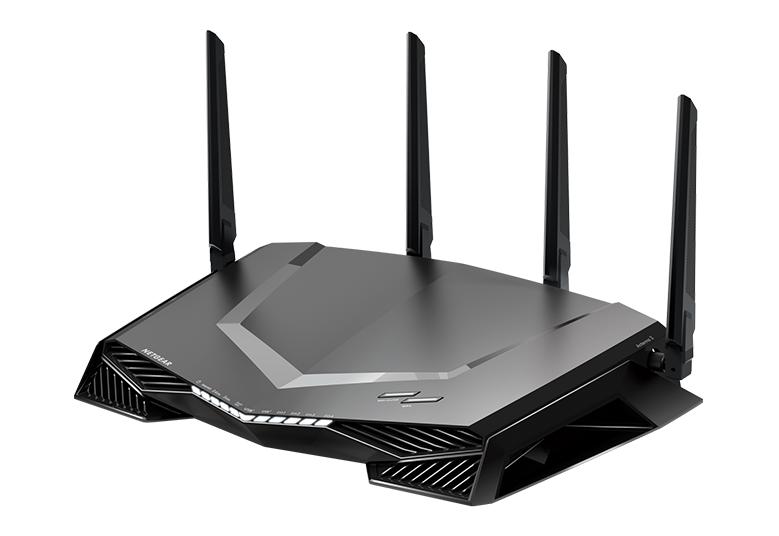Introduction
In the world of digital connectivity, the role of routers is nothing short of pivotal. These unassuming devices are the unsung heroes of our daily internet experiences, guiding data packets through a complex web of networks. In this article, we delve into the core functionality of routers and explore their significance in modern network communication.
What Is a Router?
At its core, a router is a networking device responsible for forwarding data packets between computer networks. Think of it as a traffic cop at a busy intersection, directing data to its intended destination. Routers are crucial in bridging the gap between local area networks (LANs) and wide area networks (WANs), such as the internet.
Key Functions of a Router
Routers wear multiple hats in the world of networking, performing several critical functions:
- Packet Forwarding: Routers examine the destination IP address of incoming data packets and determine the most efficient path for them to reach their destination.
- Network Address Translation (NAT): NAT allows multiple devices in a local network to share a single public IP address. This is essential for conserving IP addresses and enhancing security.
- Firewall Protection: Routers often include built-in firewalls to safeguard the network from unauthorized access and malicious threats.
- Traffic Management: Quality of Service (QoS) features in routers prioritize certain types of traffic, ensuring smooth communication for services like VoIP and video streaming.
Anatomy of a Router
To understand routers better, let’s dissect their components:
1. Ports
Routers have various ports to facilitate connectivity. These include LAN ports for connecting devices within a network and WAN ports for external connections.
2. CPU and Memory
The router’s central processing unit (CPU) and memory play a critical role in packet processing and routing decisions. These components determine the router’s performance.
3. Firmware
Router firmware, often based on operating systems like Linux, is responsible for the device’s overall functionality. Regular updates ensure optimal performance and security.
Router vs. Modem: What’s the Difference?
It’s a common misconception, but routers and modems are not the same. A modem connects your home network to your internet service provider (ISP), whereas a router directs data within your local network. Many modern devices combine both functions for convenience.

The Importance of Router Placement
Router placement can significantly impact your network’s performance. To maximize coverage and signal strength, consider these tips:
- Place the router in a central location within your home.
- Elevate it off the ground to minimize interference.
- Keep it away from walls, metal objects, and other electronic devices that may disrupt signals.
Conclusion
In this comprehensive exploration of routers, we’ve uncovered their critical role in network communication. These devices quietly manage data traffic, ensuring the seamless exchange of information in the digital age. Understanding routers empowers us to optimize our network setups and enjoy a smoother online experience.
Remember, a well-configured router can make all the difference in a world where connectivity is paramount. So, whether you’re a tech enthusiast or just curious about the inner workings of your home network, routers are a fascinating piece of the puzzle that keeps us all connected.
